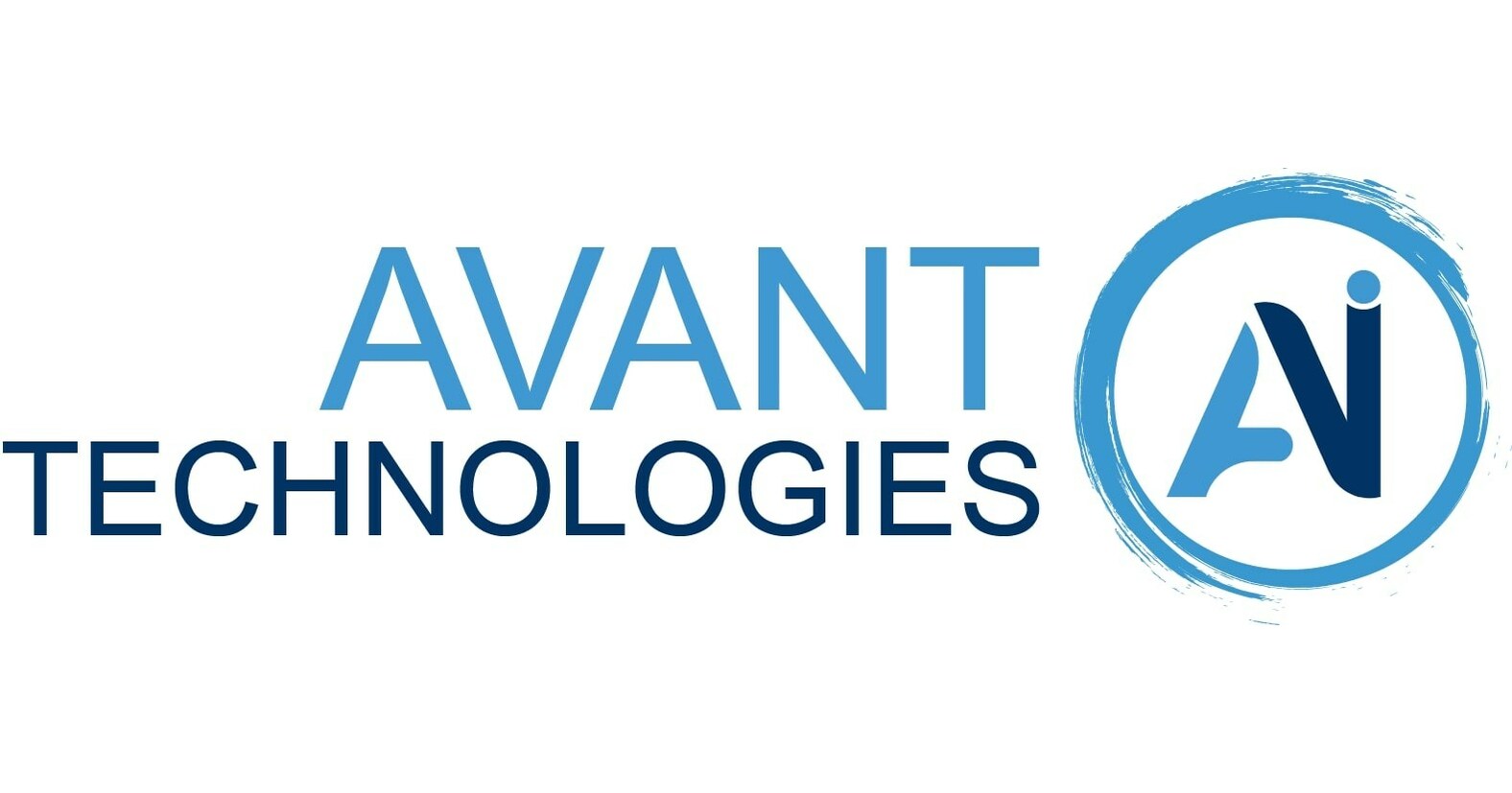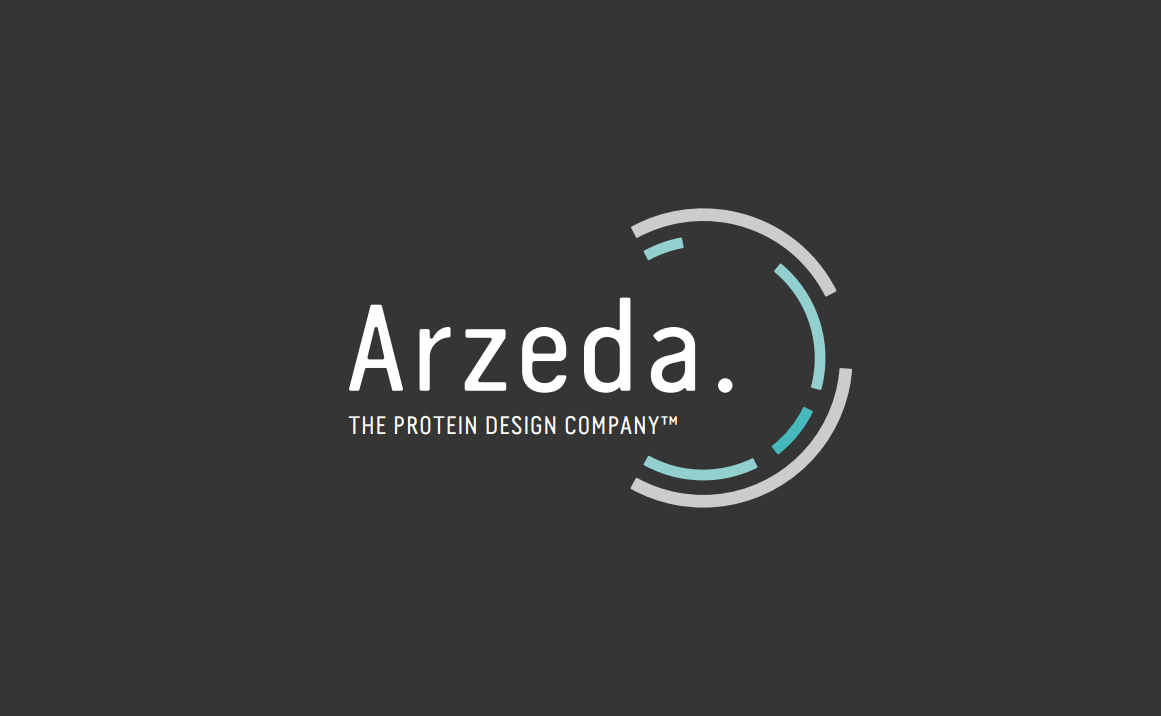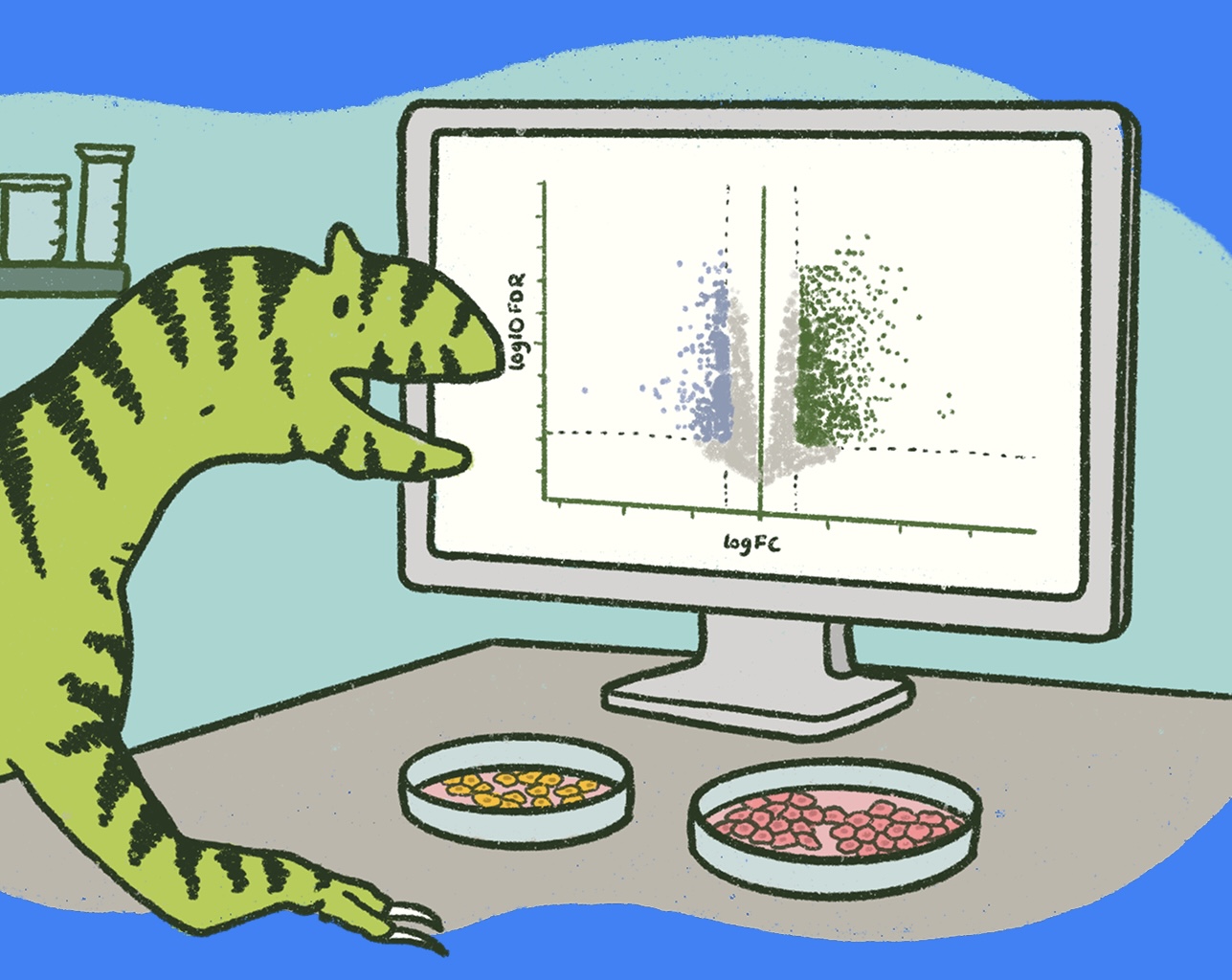
Synthetic Biology Investment Reached a New Record of Nearly $8 Billion in 2020 — What Does This Mean For 2021?
Synthetic Biology Investment Reached a New Record of Nearly $8 Billion in 2020 — What Does This Mean For 2021?
Over the last twelve months, investors have made a dramatic show of their confidence in the synthetic biology industry. Despite current financial hardships, including an economic recession, high unemployment, and the largest quarterly decrease in GDP since the Great Depression, the biotech industry experienced record levels of investment in 2020. https://www.reuters.com/article/us-usa-economy-instant/us-second-quarter-gdp-falls-at-steepest-rate-since-great-depression-idUSKCN24V2GJLifescivc.com Synthetic biology companies, in particular, received an astounding $7.8B in private and public financing in 2020—nearly two-and-a-half times the amount of funding the industry received in 2019, and nearly twice as much as 2018 (Fig. 1).TechCrunch data supplied by SynBioBeta On the company level, individual deal sizes were also substantial, with the largest round raised by National Resilience, Inc. at $800M (see Figure 2). As 2021 kicks-off amidst a tempered economy and the twelfth consecutive month of the global pandemic, it raises the question of why biotech investment is on the rise and what specific factors are influencing this growth. To anticipate funding for the synthetic biology sector in 2021, it’s crucial to understand which macro trends are currently driving investment levels.

Figure 1: Total Funding for Synthetic Biology 2009-2020. Note that financing sources included are private, public, and non-dilutive government grant financing.
More money was available to early-stage biotech companies through the public markets: There was an increase in both quantity and size of public market financings
In public market financing, companies sell shares of their stock to the general population through stock exchanges. For their stocks to be listed, companies undergo an initial public offering (IPO) which allows them to raise capital from a wider swath of investors. Biotech IPOs hit an all-time high in 2020 in terms of both deal volume and deal activity, bringing in over $14B across 74 deals. Further, the mean size of deals doubled, implying that the IPO activity level is nearly two-and-a-half times greater than it was in 2019 (which was already considered a strong year for IPOs).Lifescivc.comThis is likely due to a combination of new buyers in the market as well as an increasingly streamlined path to going public. The increase of buyers in the market can likely be attributed to the increasing popularity of biotechnology specific exchange-traded funds (ETFs). An ETF is a type of tradable financial asset that is bought and sold on an exchange just like a stock. However, unlike normal stock—which represents the value of a share in a single company—ETFs are composed of a collection of stocks from multiple companies.https://www.investopedia.com/terms/e/etf.aspETFs composed entirely of biotechnology company stocks are becoming increasingly popular. In particular, large investment management companies such as ARK Capital Management and Franklin Templeton have established biotech-specific ETFs, through which they have aggressively placed bets in the life science sector. Blackrock recently followed suit, creating a future health ETF in October (NYSE: BMED).https://www.ishares.com/us/literature/press-release/megatrends-launch-announcement-final-stamped.pdfThese biotech ETFs have allowed more non-institutional investors (i.e., average people) to participate in biotech IPOs that were previously dominated by large corporations. More participating investors implies more invested capital, which then implies larger IPOs.https://www.cnbc.com/2020/12/22/bill-gurley-direct-listing-rule-change-will-end-traditional-ipos.html The outsized returns delivered by biotech ETFs then serve to draw more investors into the sector. For example, in 2019, ARK Genomic Revolution ETF (NYSE: ARKG) made a 44% return. In 2020, the percent return was a stunning 210%.https://www.morningstar.com/etfs/bats/arkg/performanceThe increased availability of public capital and the role of ETFs is especially apparent in the success of Twist Bioscience, the fifth most highly funded synthetic biology company in 2020 (see Figure 2). The company sold $324M of common stock in the public markets at $110/sharehttps://investors.twistbioscience.com/news-releases/news-release-details/twist-bioscience-announces-pricing-300-million-upsized-public and is listed as one of the top-performing companies in ARKG for 2020.

Fig. 2: Top 15 synthetic biology companies that received the most funding in 2020
The increase in public market financing is also due to a more “streamlined” IPO process. Part of this streamlining comes from SPACs (Special Purpose Acquisition Companies, also known as “blank check” shell companies) which can raise public financing without going through the cumbersome IPO process.https://www.theverge.com/21502700/spac-explained-meaning-special-purpose-acquisition-company SPACs became a popular and much-used investment vehicle in 2020, with over $125B in SPAC mergers announced by December alone.https://www.axios.com/newsletters/axios-pro-rata-10cf6382-b38c-492f-baaa-da02835ebe36.html?utm_source=newsletter&utm_medium=email&utm_campaign=newsletter_axiosprorata&stream=topAccording to Keith Crandell, co-founder and Managing Director at ARCH Venture Partners, “Even the best banks are advocates of pursuing SPACS. Doing a SPAC gives you more control over which investors you take, so you can ensure good trading volume and float in the stock afterward.” This increase in public financing also resulted in a subsequent increase in private funding, as investors sought the more sizable returns associated with early investments.
More money was available to early-stage biotech companies through venture funds: There was an increase in both deal activity and deal size in private financing
As of June 2020, there were 108 private financings announced for biotech companies—as compared to the same period in 2019 when only 58 private financings were announced.William Blair: “Recent Private Biotech Financing Analysis,” June 2020According to Bruce Booth, a partner at the life science investment fund Atlas Venture, over $26B of venture funding went into US-based biotech companies in 2020. Put differently, US biotech firms raised an average of $500M in venture funding per week in 2020.Lifescivc.com This rise in available private capital is to some extent a consequence of the increased availability of public capital through IPOs.“When there is more capital going into the public markets, institutional investors have a greater interest in ‘getting in early,’ then the investors make a return from the IPO. This then drives a trend in the private markets too,” says Crandell. In addition to financing levels in both the public and private markets, the increased interest in life science tools also drove increased investment into synthetic biology companies.
2020 was the year of life science tools investing: There was an emerging role for bioprocessing, biomanufacturing, and research tool technologies

Spatial transcriptomics, commonly known as spatialomics, enables researchers to study gene activity in a tissue by mapping where gene expression is occurring. Spatialomics is one of the key techniques that drove life science tools investment in 2020.
Underlying the 2020 increase in synthetic biology investment are the research tools and technologies that synthetic biology companies rely upon to develop and test their products. Diagnostics and life science tool companies have long been regarded as less interesting and profitable sectors of the biotech industry. But the emerging role of these industries has enabled the success of bioprocessing companies such as Resilience, Impossible Foods, Zymergen, Twist, Seres, and many more.Crandell, who also serves as a board member for Twist, witnessed an uptick in investor interest in this sector. “The past year has been the year of life science tools. Life science tools, diagnostics, and devices about half the size of business in investment banks’ traditional biotech areas,” says Crandell.Crandell specifically cites one of ARCH’s investments, 908 Devices, as an example of the growing trend in life science tools investment. The company, which develops high-pressure mass spectrometers intended for analyzing synthetic biology products in real-time, raised $150M in a 2020 IPO, a notably high amount for a science tools and devices startup.Synthetic biology companies are also relying more on tools like single-cell analysis and spatial transcriptomics (spatialomics), tools to study gene activity in a tissue by mapping where gene expression is occurring.https://www.10xgenomics.com/spatial-transcriptomics/ This is another factor likely driving innovation and investment in the tools space. In particular, 10x Genomics, a widely used single-cell technology, acquired ReadCoor for the remarkable amount of $350M to further cement its move into multiplexing and single-cell analysis.https://www.readcoor.com/10x-genomics/ Vizgen, an innovative single-cell and spatialomics company, was also launched in early 2020 with a $14M Series A.https://xconomy.com/boston/2020/01/30/vizgen-launches-with-14m-to-market-new-subcellular-imaging-technique/ It seems clear that investors are now recognizing that investment in tools enables innovation in traditional synthetic biology companies. According to Crandell, this innovation attracts further investment into those companies in a positive feedback loop. “Better tools used by these synthetic biology companies lead to new intellectual property development, which is ultimately what creates a good opportunity for investors,” says Crandell.
Looking forward to 2021 and beyond: What 2020 trends will continue and the new influences of public policy
It seems likely that these trends—the new levels of private and public financing, and investor interest in devices and life science tools—will continue into 2021. It's also possible that long-term drug pricing reforms promised by the Biden administration could disincentivize synthetic biology investment. However, the wave of new intellectual property stemming from research tools along with the critical role of the healthcare industry in the nation’s pandemic response implies that strong biotech investment will continue. As the pandemic rages on, the role of novel therapeutics, vaccines, and biomanufacturing will likely be increasingly vital, and public and private investment are sure to follow.Looking to learn more about where the synthetic biology industry is heading? Get access to our top 9 panel discussions and hear what synthetic biology investors, entrepreneurs, and thought leaders envision for the future of the industry. Join the Bioeconomy Revolution today!



.svg)










-min.png)
.gif)